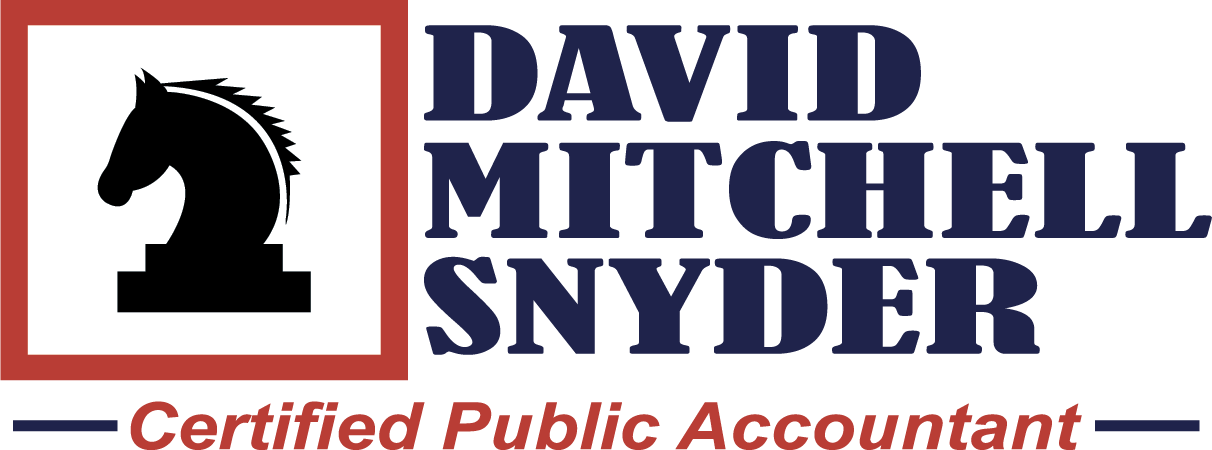Opportunity Zones Frequently Asked Questions
Q: What is an Opportunity Zone?
A: An Opportunity Zone is an economically-distressed community where new investments, under certain conditions, may be eligible for preferential tax treatment. Localities qualify as Opportunity Zones if they have been nominated for that designation by the state and that nomination has been certified by the Secretary of the U.S. Treasury via his delegation of authority to the Internal Revenue Service.
Q: What is a Qualified Opportunity Fund?
A: Qualified Opportunity Fund is an investment vehicle that is set up as either a partnership or corporation for investing in eligible property that is located in a Qualified Opportunity Zone.
Q: I am interested in knowing where the Opportunity Zones are located. Is there a list of Opportunity Zones available?
A: Yes. The list of designated Qualified Opportunity Zones can be found at Opportunity Zones Resources and in the Federal Register at IRB Notice 2018-48. Further a visual map of the census tracts designated as Qualified Opportunity Zones may also be found at Opportunity Zones Resources [link].
Q: What do the numbers mean on the Qualified Opportunity Zones list, Notice 2018-48?
A: The numbers are the population census tracts designated as Qualified Opportunity Zones.
Q: How can I find the census tract number for a specific address?
A: You can find 11-digit census tract numbers, also known as GEOIDs, using the U.S. Census Bureau’s Geocoder. After entering the street address, select ACS2015_Current in the Vintage drop-down menu and click Find. In the Census Tracts section, you’ll find the number after GEOID.
Q: I sold some stock for a gain in 2018, and, during the 180-day period beginning on the date of the sale, I invested the amount of the gain in a Qualified Opportunity Fund. Can I defer paying tax on that gain?
A: Yes, you may elect to defer the tax on the amount of the gain invested in a Qualified Opportunity Fund. Therefore, if you only invest part of your gain in a Qualified Opportunity Fund(s), you can elect to defer tax on only the part of the gain which was invested.
Q: How do I elect to defer my gain on the 2018 sale of the stock?
A: You may make an election to defer the gain, in whole or in part, when filing your 2018 Federal Income Tax return. That is, you may make the election on the return on which the tax on that gain would be due if you do not defer it.
Q: I sold some stock on December 15, 2017, and, during the required 180-day period, I invested the amount of the gain in a Qualified Opportunity Fund. Can I elect to defer tax on that gain?
A: Yes. You make the election on your 2017 return. Attach Form 8949, reporting Information about the sale of your stock. Precise instructions on how to use that form to elect deferral of the gain will be forthcoming shortly.
Q: Can I still elect to defer tax on that gain if I have already filed my 2017 tax return?
A: Yes, but you will need to file an amended 2017 return, using Form 1040X and attaching Form 8949.
Q: How can I get more information about Opportunity Zones?
A: Over the next few months, the Treasury Department and the Internal Revenue Service will be providing further details, including additional legal guidance, on this new tax benefit. More information will be available at Treasury.gov and IRS.gov.
